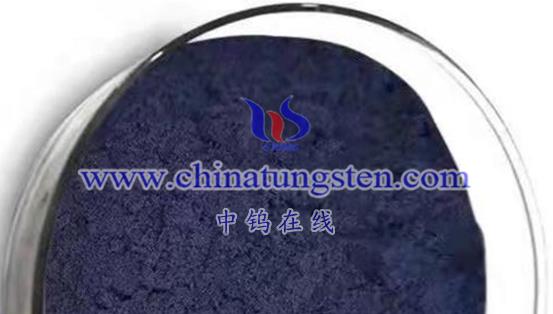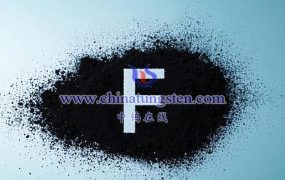
The near-infrared (NIR) absorption properties of nano cesium tungsten liquid primarily stem from its unique physical and chemical characteristics, particularly the localized surface plasmon resonance (LSPR) effect and the small polaron absorption mechanism of cesium tungsten bronze (CsxWO3) nanoparticles. Below is an explanation of these mechanisms:
- Localized Surface Plasmon Resonance (LSPR) Effect
- Principle Overview:
LSPR is a physical phenomenon in which the collective oscillation of free electrons on the surface of metal nanoparticles resonates with the frequency of incident light. This resonance results in strong light absorption at specific frequencies. In CsxWO3 nanoparticles, free carriers (such as electrons and holes) on the particle surface undergo collective oscillations under near-infrared light, leading to significant absorption in this region. - Influencing Factors:
- Particle Size and Shape: The size and shape of the nanoparticles determine the resonance frequency and absorption intensity.
- Particle Distribution: Uniform dispersion enhances absorption performance.
- Dielectric Environment: The surrounding medium’s dielectric constant affects the resonance frequency.
By tuning these factors, the NIR absorption properties of nano cesium tungsten liquid can be optimized for different applications.
- Small Polaron Absorption Mechanism
- Principle Overview:
A small polaron is a quasiparticle formed when an electron interacts with and distorts the surrounding crystal lattice in strongly correlated electronic systems. In CsxWO3 nanoparticles, cesium doping introduces lattice distortion and increases free carrier concentration. As a result, electrons interact with the lattice and form small polarons. Under near-infrared light, these small polarons undergo absorption transitions, contributing to the material’s NIR absorption. - Relationship with Free Carrier Concentration:
The concentration of free carriers in nano cesium tungsten liquid significantly affects its NIR absorption performance. As the cesium content increases, the concentration of free carriers also rises, enhancing the small polaron absorption effect and thus the NIR absorption capability.
- Combined Effects
The strong NIR absorption of nano cesium tungsten liquid is the result of the synergistic action of LSPR and small polaron absorption mechanisms. These two effects complement and reinforce each other, making the material highly effective in absorbing near-infrared radiation.
- Applications
Due to its exceptional NIR absorption properties, nano cesium tungsten liquid has a wide range of applications in areas such as:
- Thermal Insulation: Used in transparent coatings and films for buildings and vehicles to block NIR radiation, reduce indoor or in-car temperatures, and enhance energy efficiency.
- Optoelectronic Devices: Improves the performance of displays and sensors.
- Optical Sensors: Enhances sensitivity in detecting NIR signals.
- Fiber Optic Communication: Enhances optical signal modulation and control.
Conclusion
The NIR absorption properties of nano cesium tungsten liquid arise from its unique physical and chemical properties, specifically the LSPR effect and small polaron absorption mechanism. These features enable the material to exhibit strong NIR absorption and make it valuable in various fields, particularly in thermal insulation, optoelectronics, and communication technologies.
More details of tungsten oxide product, please visit website: tungsten-oxide.com
Please contact CHINATUNGSTEN for inquiry and order of tungsten oxide:
Email: sales@chinatungsten.com
Tel.: 86 592 5129595






